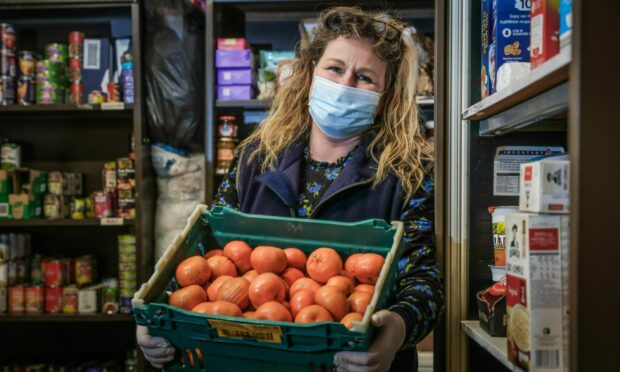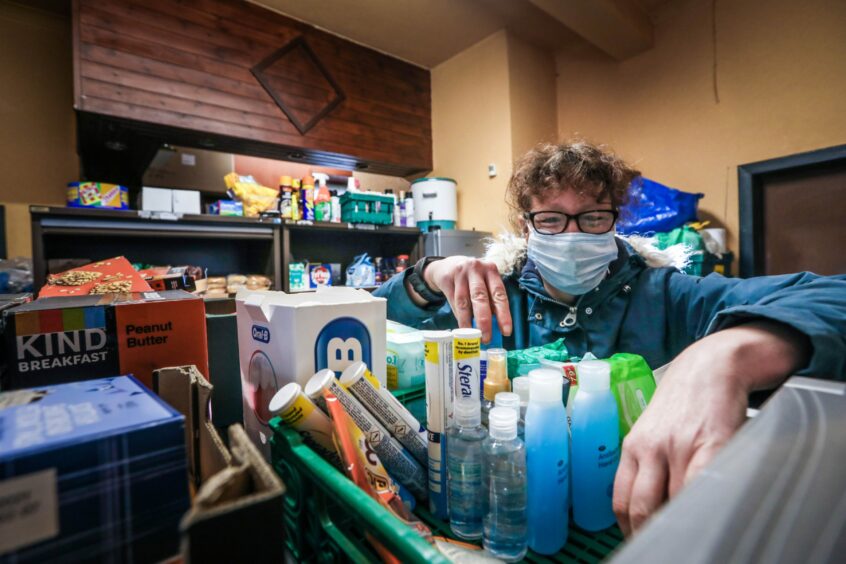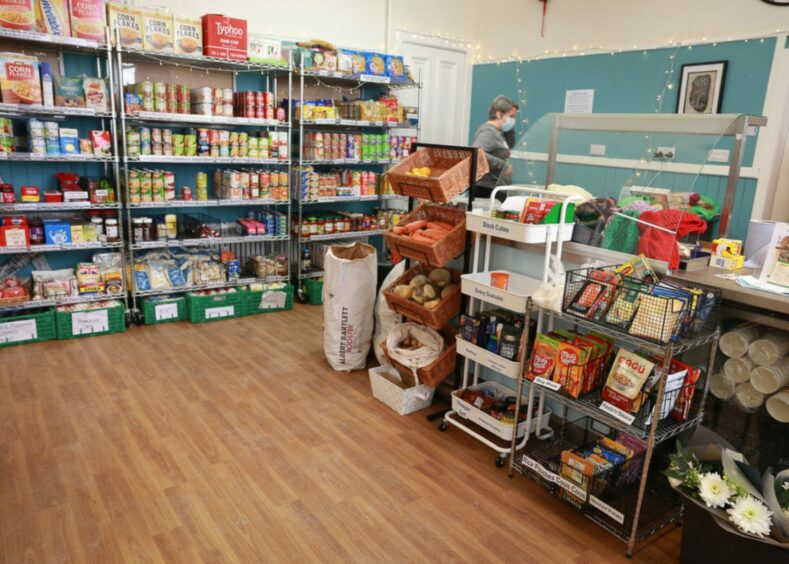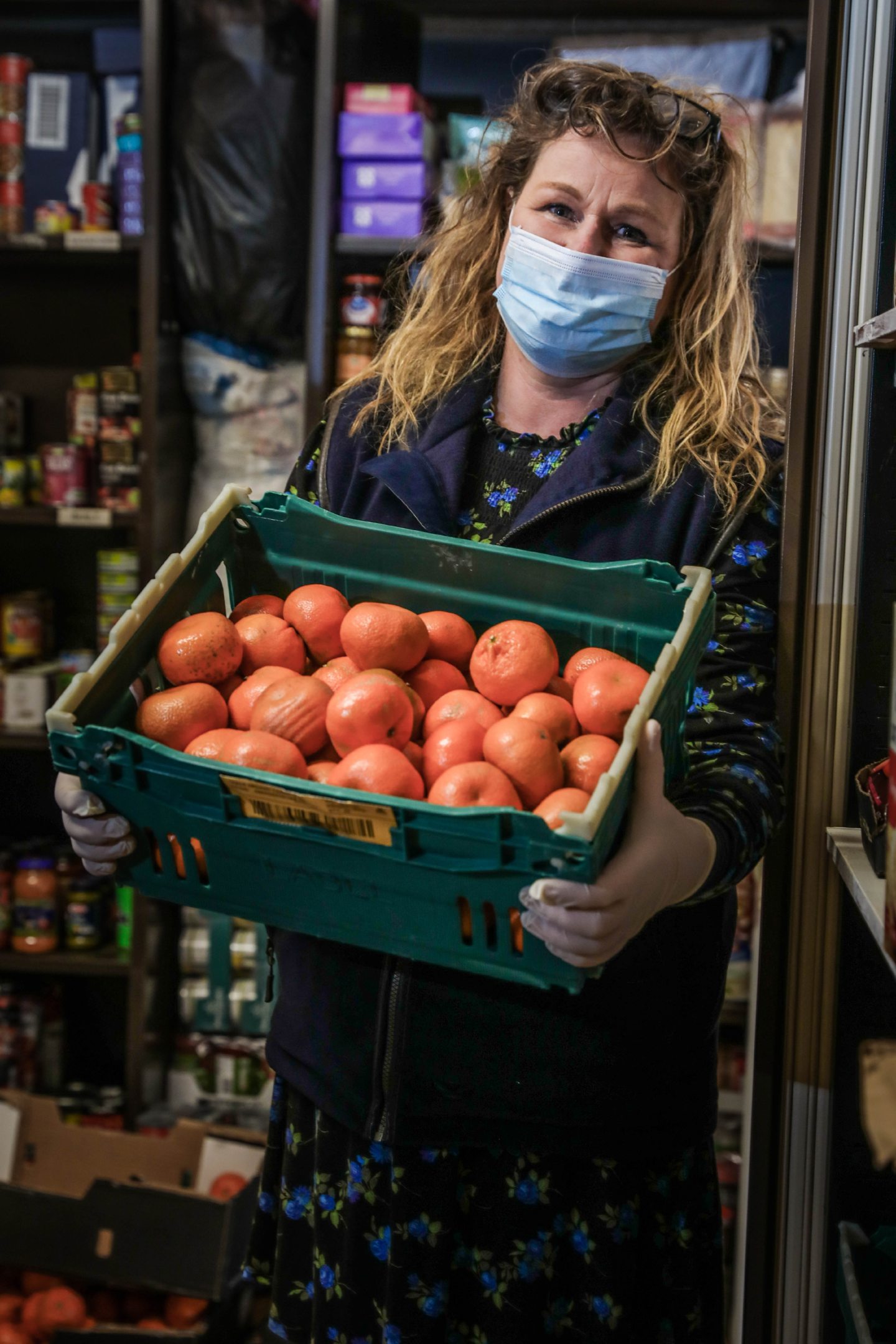There are a number of community fridges in operation across Scotland that boast their own individual characteristics.
Some are large scale in the form of an outhouse, garage or shed while others are nothing more than a stack of shelves perched on the roadside.
Some are managed by groups while others are run solely by an individual.
Some are unmanned and work on an honesty basis while others are operated by a designated team of volunteers or paid staff (or both).
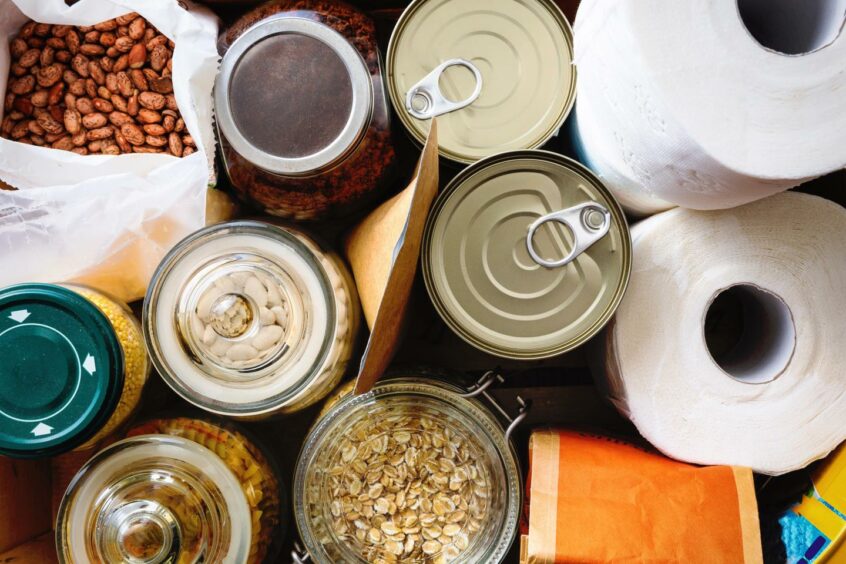
But despite this, they all require support and share the same purpose – to act as an accessible space for members of the local community to distribute surplus food that would otherwise be discarded with the aim of reducing food waste.
Donations are also accepted from local food businesses, producers and gardens.
What can I bring?
Community fridges must not be mistaken for food banks.
A food bank has the capacity to distribute millions of pounds of grocery products annually.
A community fridge is an individual site that offers bags or boxes of food directly to those in a specified area.
This food can include:
- Sauces
- Boxed or canned meals (soup, stew, pasta, etc.)
- Cereals
- Fruit juices
- Non-perishable proteins
- Fresh produce (fruit, vegetables, eggs, etc.)
- Basic pantry essentials (flour, sugar, rice, salt, pepper, etc.)
- Allergy-friendly foods
The Kirriemuir Food Hub, formed in April 2020, is one of many non-profit organisations that runs its own community fridge.
The hub launched with the dual mission of combatting food insecurity and reducing food waste by repurposing and redistributing food.
Lindsey Wilson, a publican and volunteer at the hub, said: “Anybody can bring food to a community fridge.
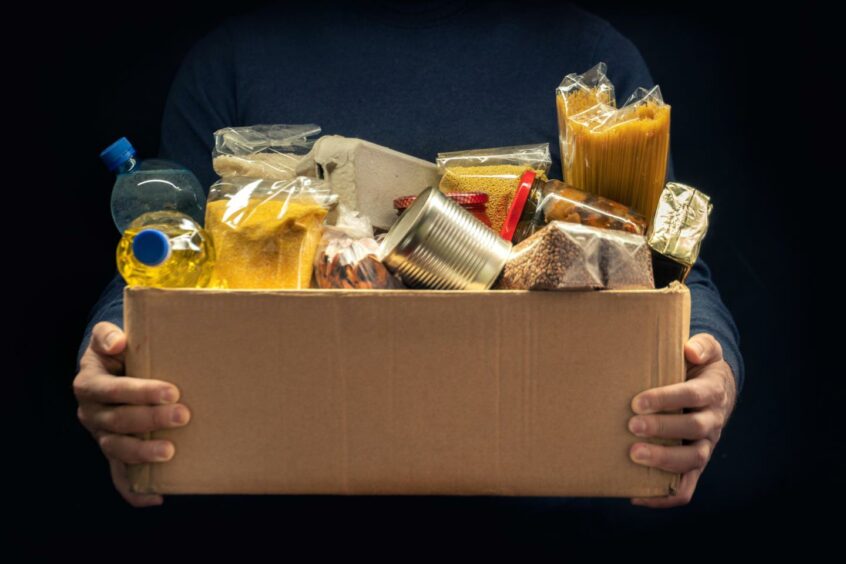
“Not only do they reduce food waste, but they also have a sense of community pride about them.
“Different community fridges may work to different models. We were set up originally to aid people financially affected by the coronavirus and have evolved to have a combined mission to reduce food waste.
“We have a record of our achievements and are on target in November to hit 20 tonnes of food saved from waste since we started recording in September 2020.”
Reduce food poverty stigma
“The best way to support a community larder is to use it, there is no shame or guilt in accessing donated food,” reads the website of The Haven Community Larder, which is based in Stonehaven.
It goes on to say: “Often people do not access free food because they feel they do not qualify or they need permission.”
Community fridges are accessible to everyone regardless of age, income, gender, race and so on, meaning they also have social benefits including bringing communities together.
In some areas, they offer workshops, recipe swaps and cooking classes.
Use our map to find community fridges in the north, north-east, Tayside and Fife
In turn, they reduce food poverty stigma by encouraging all members of the community to use them, regardless of whether the individual thinks they do not need them.
Lindsey, 52, added: “In today’s current climate of financial insecurity, it is great to see communities pulling together to make a difference and try to look after each other.
“In terms of our fridge, which is available all day every day (although product availability can vary), we prepare packs for anyone needing assistance which can be for individuals or families.
“We assess their needs, likes and dislikes plus their facilities and abilities then try to customise the most appropriate packs which, although mostly food, can also contain toiletries and cleaning products.
“Our packs are available to anyone who feels they need help whether it be daily, weekly or once in a blue moon.
“And any products that we feel are past human consumption we distribute locally to feed animals or add to our compost bin.”
How to start a community fridge
When setting up, look for people in the community who are willing and able to help and post on social media platforms to promote it and facilitate easy communication.
List what you need, look for a spot that’s easily accessible, encourage people to donate, make it easy for people to donate, and keep stock organised.
In order to comply with environmental health regulations, a community fridge must register as a food business with your local authority’s environmental health officer, which can be done online.
However, Lindsey says hygiene certificates are not needed.
“Our community fridge is set up in the Kirriemuir Food Hub which is registered with the council as a food premises,” Lindsey added.
“Most of the volunteers have their basic food hygiene certificates, we have public liability insurance, the building is insured and a pest control contract is in place.
“However, it is possible to set up on a much smaller scale.
“You don’t need hygiene certificates. Hubbub – an award-winning environmental organisation – provides full support and very detailed information on requirements and templates for risk assessments to get started.
“Nobody needs to wing it as such, all the information is readily available.”
